The year 2022 was one of half steps and transitions, and a year of change, moving forward to greater stability in the car industry as demand increased. It also spelled chaos as manufacturers struggled with supply issues and rumored dealer price-fixing and over-pricing to manage high-demand and low-quantity models.
We take a look at what the motoring community had to face in 2022.
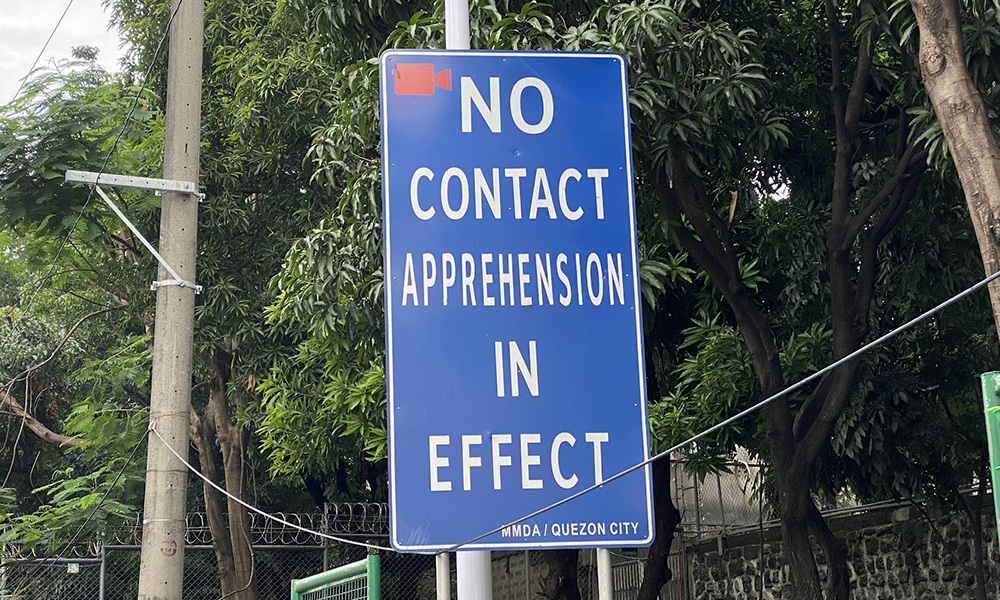
1. The infamous No Contact Apprehension Program. The year saw various local governments implement a great idea very poorly. NCAP was meant to minimize human interaction between motorists and traffic enforcers to curb corruption at the lowest level, help discipline motorists by having ‘big brother’ constantly monitoring everyone, and improve overall traffic management. The problem was that the people manning the computers behind the cameras were ill-trained, and contesting possibly erroneous violations was simply next to impossible. It quickly became an income-generating activity for LGUs, according to many observers. The NCAP acronym was jokingly referred to as “Nasa Camera Ang Pera” for the various LGUs that implemented it.
NCAP was made worse by having different LGUs have different implementing standards as well, which added to the confusion. And NCAP failed to take into account situations where drivers would have to move/avoid traffic obstructions on the road—or, in some cases, follow the on-site traffic constable over a stoplight due to unforeseen traffic incidents down the road—resulting in an automatic penalty for the motorist.
Such was the universal bane it gave motorists that no less than the Supreme Court issued a Temporary Restraining Order on NCAP nationwide just a few months after most LGUs had implemented it. Oral arguments will commence on January 24, 2023, on the merits of NCAP, and whether or not it should be implemented. We do sincerely hope the national government has a unified plan of action to standardize NCAP nationwide for it to succeed.
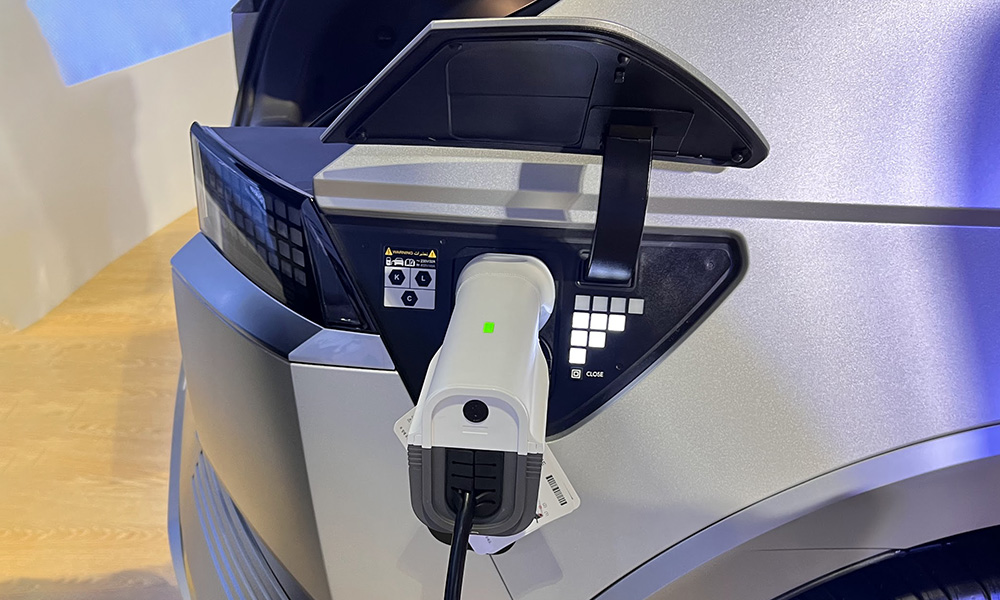
2. The Electric Vehicle Industry Development Act (or Republic Act 11697). The EVIDA Law, which became official on April 15, finally paved the way for electrified vehicles to gain proper recognition and the right incentives to increase their widespread distribution that would allow the nation to reap its benefits: development of a new OEM supplier industry for EVs; less dependence on foreign crude oil products in the long term; less air and noise pollution; and greater use of renewable electric energy sources.
And while it is the luxury brands like Audi, BMW, Porsche and Jaguar leading the full-electric vehicle charge, more mass-market brands are now offering hybrids that also enjoy many of the benefits of full EVs, such as Toyota/Lexus, Chery, Mitsubishi and Nissan. These cars offer a half-step into the electrified experience, and one foot out of the internal-combustion engine.
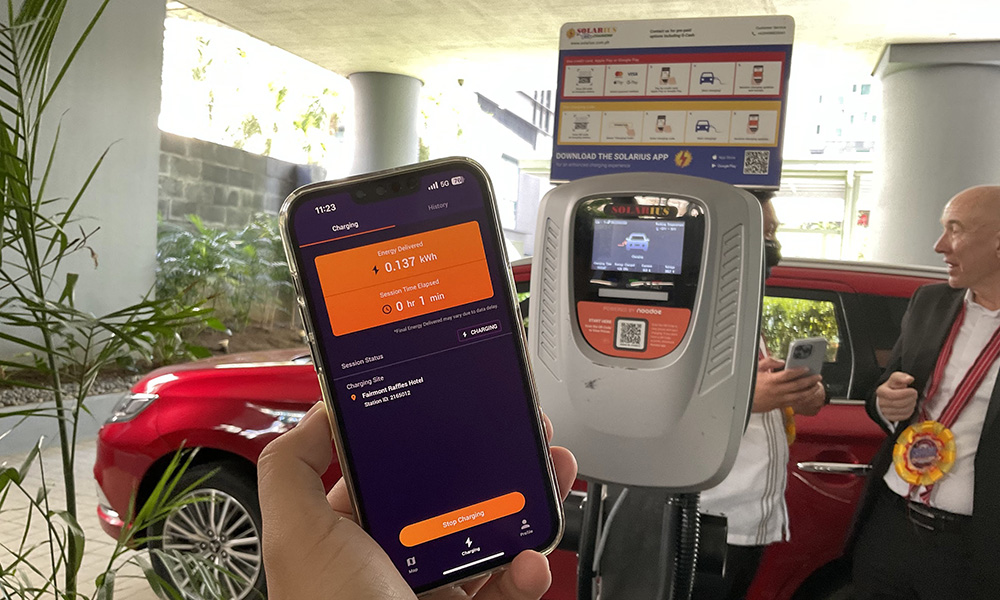
On another related front, San Miguel Corporation has plans to develop a $500 million (P27.7 billion) electric car battery manufacturing facility in the Dinagat Islands, where the conglomerate has extensive mining interests for ores and minerals that are necessary for the production of car batteries for EVs globally.
The rest of the private sector has joined the electrification movement as well. Shell Philippines launched the country’s first rapid charging station at its Mamplasan branch. SM Supermalls started to build fast chargers at its key shopping centers, with Ayala Malls and Megaworld Lifestyle Malls following suit.
As SMC-owned BMW Philippines will soon increase EV offerings in its lineup, it’s not a far stretch of the imagination for SMC-owned Petron to eventually activate charging stations at its key outlets around the country, too.
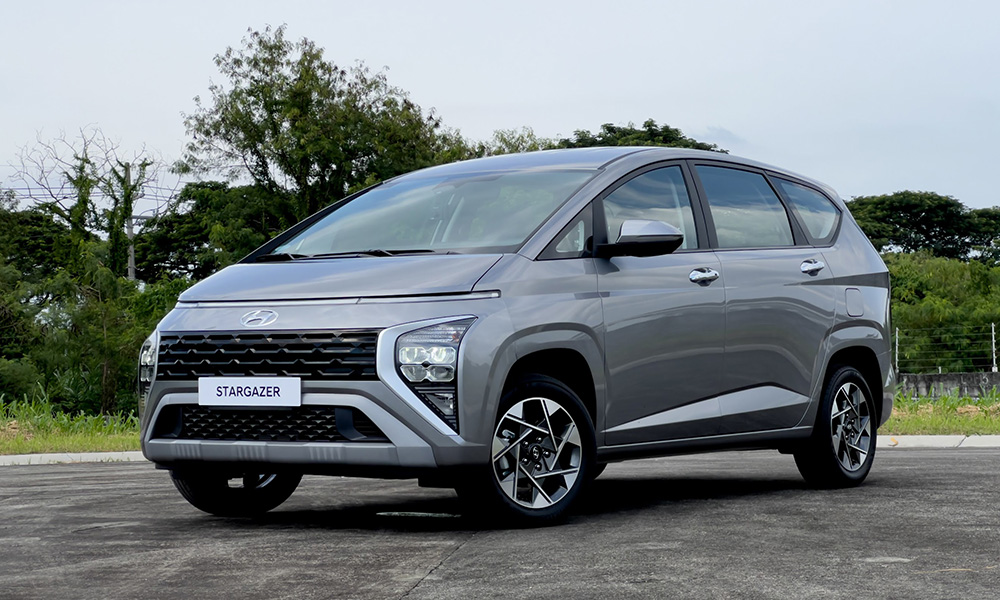
3. The rise of the MPV. The year also saw the surge of the seven-seater small MPV category, mirroring demand in Indonesia, the segment’s biggest market in the region. As motorists find themselves needing to move up and out of the affordable B-segment car into something bigger and more versatile with a reasonable increase in price, the MPV slots in perfectly.
In 2022 alone, we saw the introduction of the face-lifted Mitsubishi Xpander, the unveiling of its twin (the Nissan Livina), the entry of the all-new Hyundai Stargazer, and the launch of the new-generation Honda BR-V. These cars straddle SUV and MPV perfectly with their dimensions and pricing. And of course, let’s not forget the Toyota Avanza and Veloz, which enjoyed a strong following. This segment is displacing the traditional B- and C-segments, as well as the crossover/small SUV segment. The landscape is truly evolving.
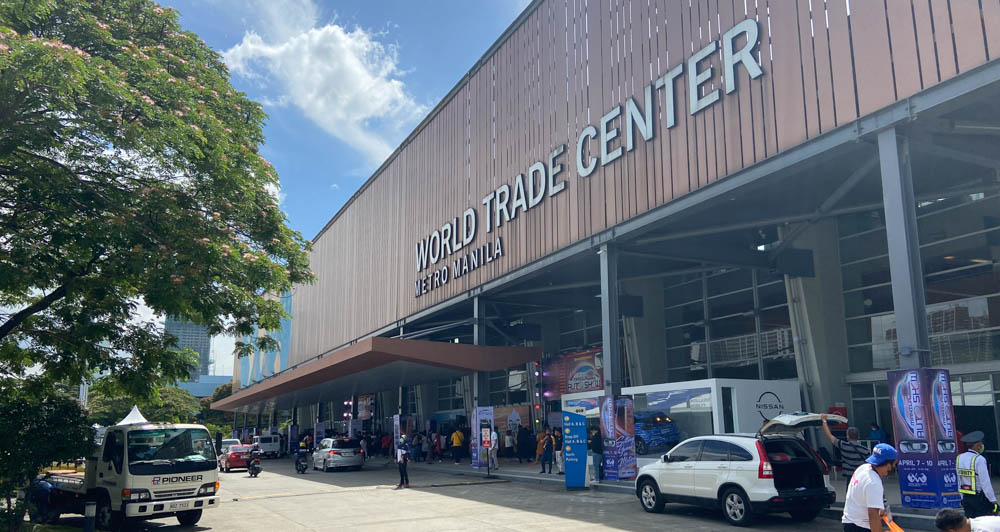

4. The return of the major motoring shows. The year also witnessed the comeback of the two biggest, most important, and most anticipated motoring events in the country—the Manila International Auto Show and the biennial Philippine International Motor Show (the latter organized by the Chamber of Automotive Manufacturers of the Philippines). Interestingly, PIMS officially marked the change of heart of Hyundai, whose new distributor left the Association of Vehicle Importers and Distributors and promptly joined CAMPI.
Both MIAS and PIMS attracted massive support from the car industry, OEM suppliers, and car-loving Filipinos who flocked to the World Trade Center in Pasay, with the former garnering around 120,000 visitors.
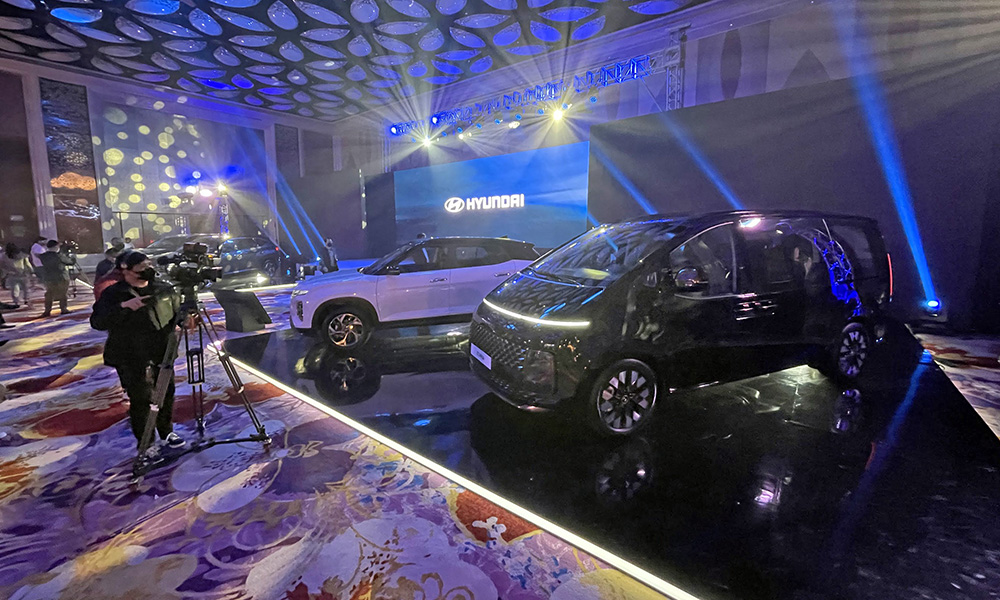
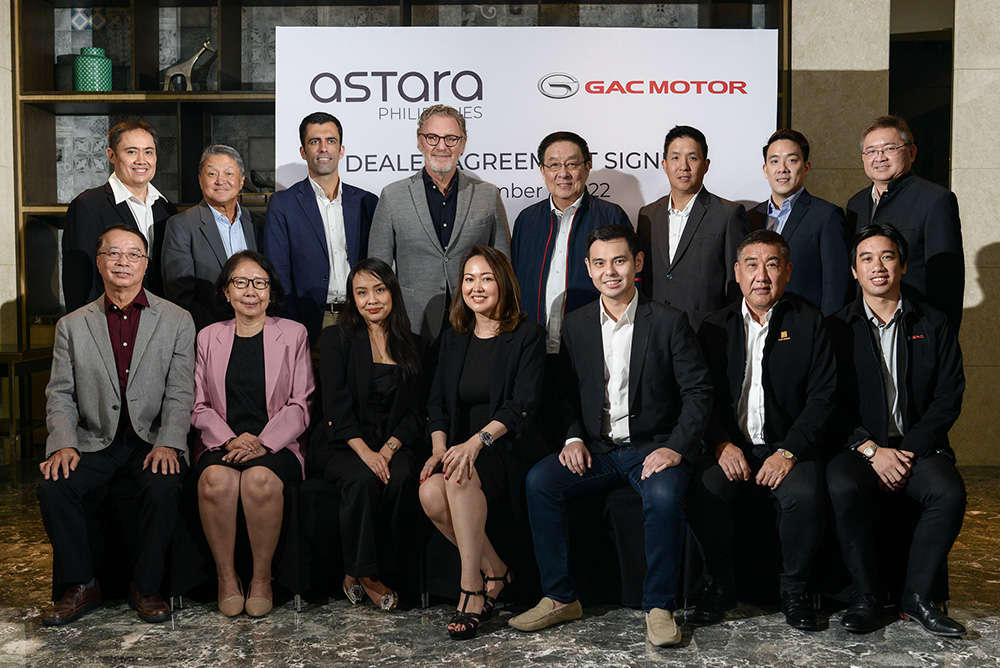
5. The entry of Hyundai and Astara into the Philippine market. Finally, the year also saw big names entering the local automotive distribution industry. Hyundai Motor Corporation now has its own subsidiary in the Philippines to distribute Hyundai passenger cars, reviving the powerhouse Korean brand that is enjoying a renaissance worldwide, thanks to slick new vehicles and excellent product placement on Korean TV series and movies.
Astara, a Spanish multinational automotive distributor with extensive presence in Europe, Africa and South America, entered our humble market by taking over stewardship of the Peugeot brand. More recently, Astara has announced that it will also assume control of the Chinese brand GAC.


0 Comments